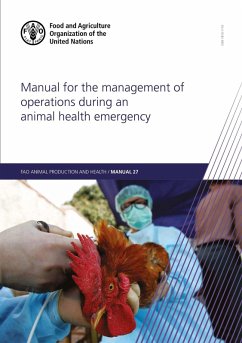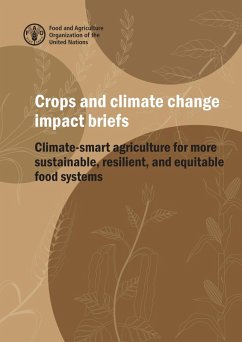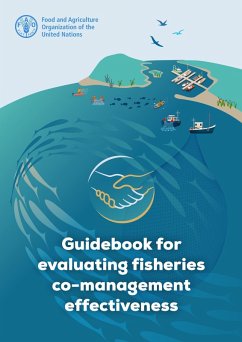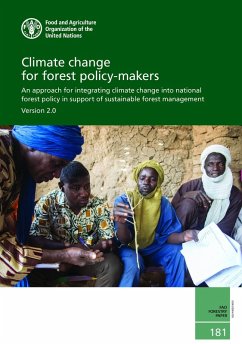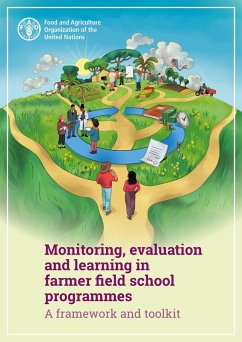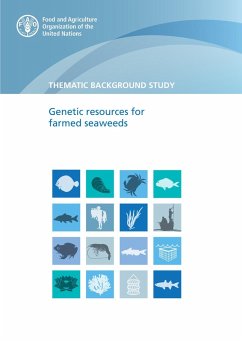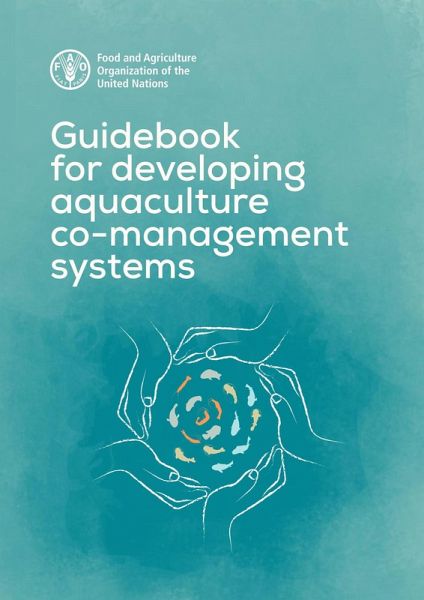
Guidebook for Developing Aquaculture Co-Management Systems (eBook, ePUB)

PAYBACK Punkte
0 °P sammeln!
Traditionally applied in fisheries, forestry, and water management, co-management tackles short-term resource allocation and long-term climate adaptation challenges. Despite aquaculture's perception as a private enterprise, it relies on shared resources and ecosystem services, necessitating collaborative risk and resource management. Acknowledging this connection, aquaculture co-management is integral to enhancing aquatic food production, aligning with the FAO's Blue Transformations vision. The guidebook offers a framework for government, NGOs, and private sectors to develop aquaculture co-man...
Traditionally applied in fisheries, forestry, and water management, co-management tackles short-term resource allocation and long-term climate adaptation challenges. Despite aquaculture's perception as a private enterprise, it relies on shared resources and ecosystem services, necessitating collaborative risk and resource management. Acknowledging this connection, aquaculture co-management is integral to enhancing aquatic food production, aligning with the FAO's Blue Transformations vision. The guidebook offers a framework for government, NGOs, and private sectors to develop aquaculture co-management, defining its characteristics, goals, and practices. It outlines a process for implementing and evaluating aquaculture co-management systems, aiming to enhance environmental, social, and economic outcomes. The publication also emphasizes the relevance of aquaculture co-management across diverse production systems, ranging from offshore marine cage culture to coastal, reservoir and riverine pond, cage and pen systems and terrestrial tank systems.
Dieser Download kann aus rechtlichen Gründen nur mit Rechnungsadresse in A, B, CY, CZ, D, DK, EW, E, FIN, F, GR, H, IRL, I, LT, L, LR, M, NL, PL, P, R, S, SLO, SK ausgeliefert werden.





